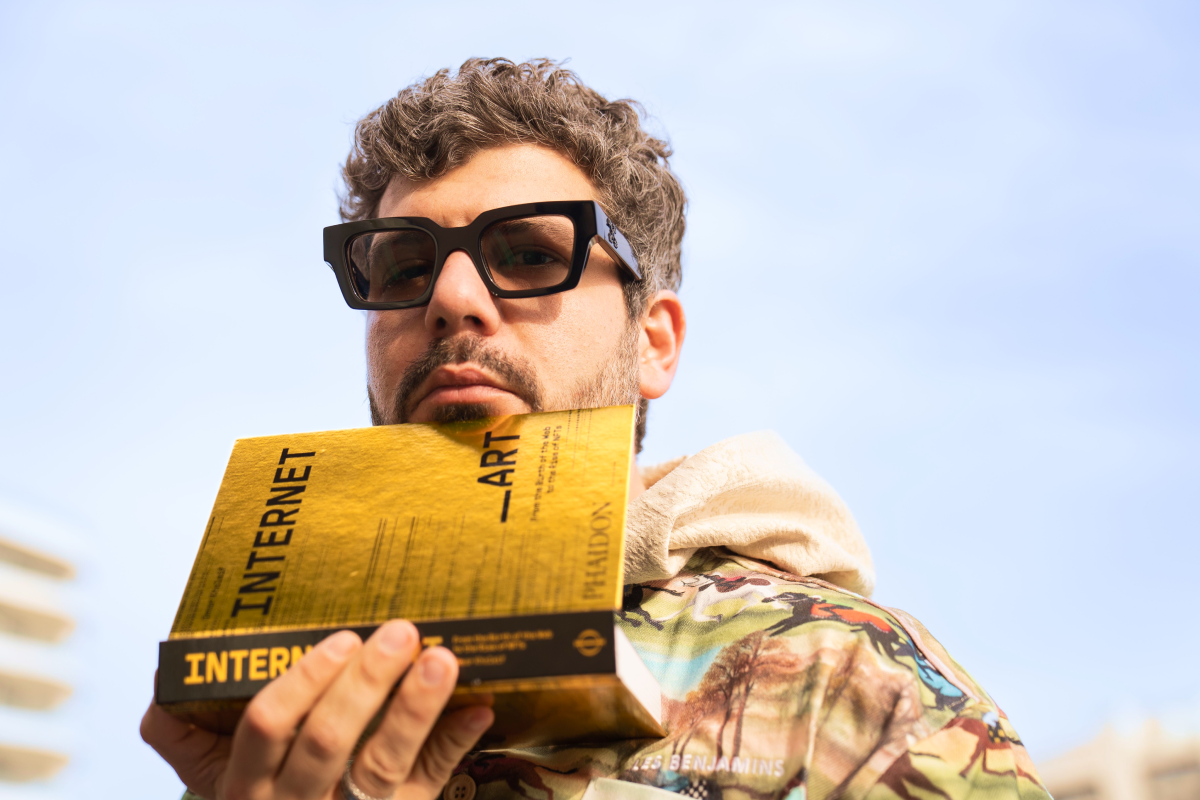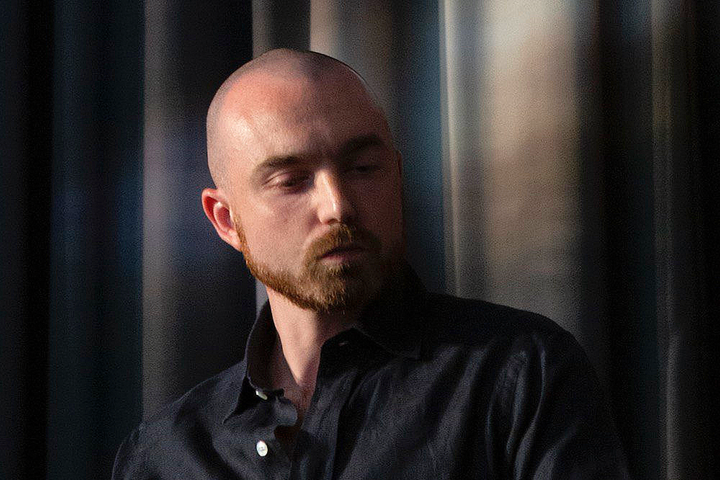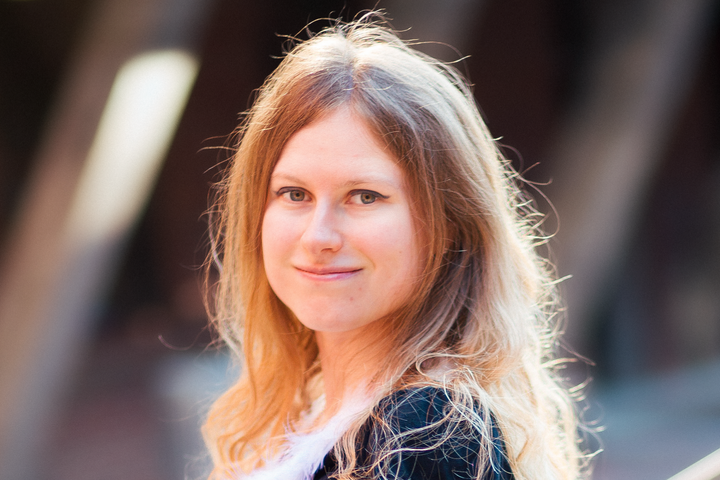Dr. Omar Kholeif on the Evolution of Internet Art

Dr. Omar Kholeif is an artist, author, curator, broadcaster, and cultural historian who currently serves as the Director of Collections and Senior Curator at Sharjah Art Foundation, UAE. Their work traversing the contours of art in the age of the internet over the last two decades is the subject of a major new book published by Phaidon, Internet_Art: From the Birth of the Web to the Rise of NFTs. It is out now. They are the founding director of www.artpost21.com.
How did you come up with the idea of writing a book about Internet art? What core topics do you discover in this book?
The book entitled, Internet_Art: From the Birth of the Web to the Rise of NFTs was in fact originally called, ‘How the Internet Changed Me, Art, and the World, Forever’. I realised that the title was a little lengthy, so I thought to use the native visual language of the internet and to call it Internet underscore Art, to infer that the book is about how the Internet underscores how art has changed in the age of the internet. The very confines and contours of how we experience the visual world around us has tilted. I do give space to explaining the historical context of how media has inflected various forms of artistic practice and consider historic terms such as ‘media art’. These were political, generative, and enabling terms for artists. But ultimately, the book seeks to map a world of aesthetic culture whereby the internet no longer needs to be defined as an oppositional, or adjectival force to art, but rather, one that lives ‘with’ art. It has changed the very sensibilities through which all culture is made, consumed, and distributed.
What key moments in the development of Internet art can you highlight?
The book was authored as a memoir and social history, one that is chronologically aligned with the birth and rise of WWW. It made perfect sense then to historicize the journey from web 1 to web 2.0 to Web3, and to situate it in context. The corpus of the book moves the reader from 1989 to the present, yet, as with all historical documents, it must reach back to its beginnings. It is for this reason that the book traces the foundations of ARPA/ARPANET, and the relationship between multiple forms of artistic practice—how video art and the Fluxus movement gave birth to networked performance; how systems art gave way to the interactive artist novel, and of course, how mass social and political events have shaped art in the age of the internet.
What was your initial take on NFTs? Did your perception of NFTs change over time?
I first learned about NFTs in 2016 from artist Simon Denny, who was developing an expansive artistic project entitled Blockchain Future States. We also came to know each other during this time. He became an informal sounding board—whether he realised it or not. My initial feeling was one of tremendous excitement and energy because I could see endless possibilities that would enable me to vision new ways of approaching the different kinds of work that I do. I have to say that this optimism has been tempered. I am still excited, but I think the financialization of NFTs by brokers who do not quite understand the possibilities of the technology means that the scope is too limited. There is too much conservatism and naivety now. If you are going to involve yourself in a venture, you need to school-up on history and move forth with the will to expand and not restrict the field and scope of its possibility.
Do you believe in the usability of NFT technology and its positive impact on the Art market?
From my experience, the individuals selling, platforming, and investing in NFTs have no idea how the technology works; of its scope; or potential. So, the answer is a question: Why is it that many of the cultural brokers currently most visible in the NFT market do not know how to articulate the usability of blockchain technologies or their potential impact or indeed possible function?
How did NFTs change the perception of digital art over the last few years?
I would say, thus far, very minimally. What we witness are converts speaking to and supporting converts; speculators speculating and hoping that we have returned to a Year Zero situation thanks to Blockchain tech’s utopia that is very much akin to that of Web 1. But, in the expanse of art and visual culture, very little has changed. Yes, there are a few emerging practitioners who have more crisply come into focus, but this has not changed how mainstream visual culture is experienced in the way that networked gaming has, for example. The goal is, practically, how does one use this space to make visible that which is not seen?
Who are the key players in the current digital art space who have been redefining the scope of this realm?
Everyone asks this question. There are far too many to list, but as this is a fleeting space for now, I am going to say that the key names are the historic ones, i.e., figures from Andy Warhol through to Roy Ascott, Frieder Nake, Vera Molnár, Sol LeWitt, Manfred Mohr, Ulla Wiggen, and more. These are the individuals who created the context for this world, and some of these artists (dead or alive), have made digital twins of their work as NFTs that can be acquired.
What core trends and tendencies can you highlight in Internet art today?
I believe that we need to ‘stop speculating’. If we conceive of this as a trend and we live in the present and truly immerse ourselves in it, we will discover a bounty that we never could have possibly imagined.
What is your take on the further development of art in the coming years?
Art is under threat everywhere. My hope is that we can use Blockchain technologies to sustain it for future generations, not seek to separate, segment, or silo; but to bring the world closer together.



